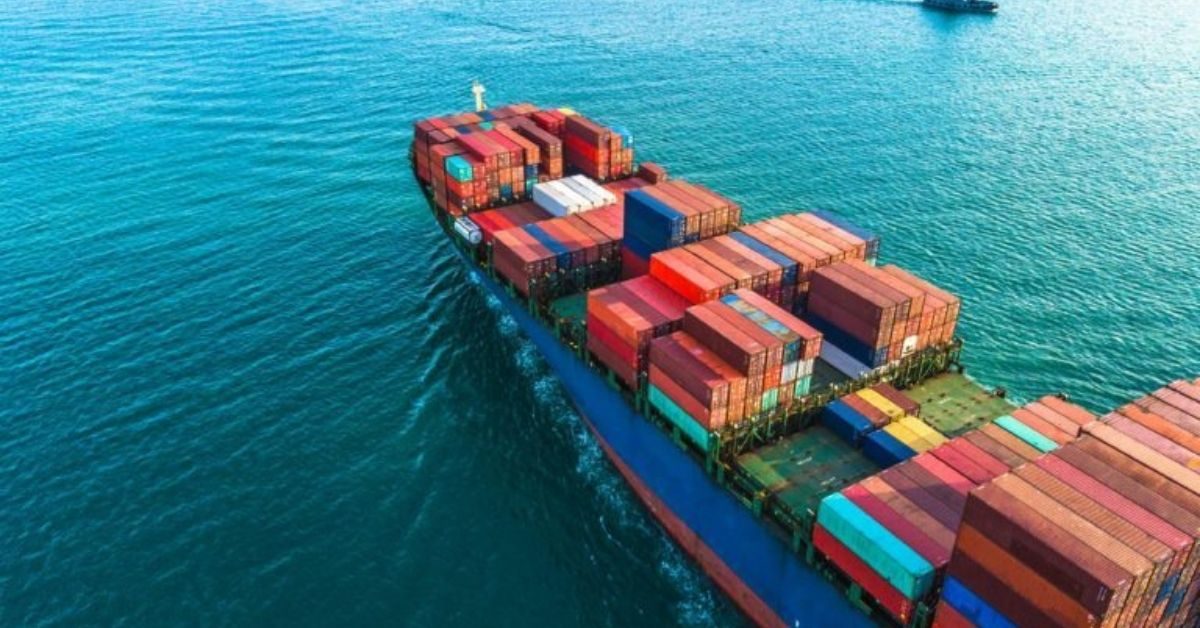The cost of shipping a container from China to the US had jumped from $2000 during the pre-pandemic period to $20,000 in May 2021. Inflation reached 8.6 percent in May 2022. The Federal Reserve’s rate hikes to restrain it guided the S&P 500 into a bear market. And now, to restore price stability, the Fed appears willing to induce a recession. But suddenly, the sky high shipping freight rates appear to be cooling down globally and the supply chain is on a correction mode.
Flexport, a tech-enabled freight forwarder, has seen rates drop from highs of around $20,000 per container to $10,000. And Dave Lissman, a sales manager at importer Port Royal Sales, said he was finally seeing some easing after a long period of pain. “As of recently,” he said, “there has been some slight room for negotiation.”
Also encouraging is that Flexport has seen a 35 percent reduction in shipping transit times, according to Anders Schulze, its global head of ocean and trucking. So those long waits for living room furniture might start abating. And now that congested ports are loosening up, prices might fall further as idle ships come back into service. “It’s still much higher than historical averages,” Schulze said. “But it’s pointing down, which is exciting.”
While rising shipping costs were indicative as prices rose, it’ll likely take more than falling rates to fix the system. The broken supply chain was part of the problem, but more significant issues persist. Generous government stimulus, for instance, helped generate massive demand for goods—which stressed the shipping system and sent prices upward—and that demand hasn’t abated yet. Durable goods consumption is still up 20 percent over February 2020, according to Flexport’s chief economist Phil Levy, a drop-off from a 35 perent increase we saw in 2021, but still pretty high. “We were overheated,” Levy said. “It’s starting to back off somewhat.”
It will thus likely take some time for inflation to resolve. But when you consider these supply chain improvements combined with the falling costs of wheat, gas, and inputs like copper, you can see a scenario that’s more optimistic than recent headlines suggest. For the first time in a while, the people who first saw these issues are exhaling a bit, even if their good news comes with a caveat. “I’m gonna wait,” said Flexport’s Schulze of his holiday gift-buying plans. “But that’s probably also driven by the fact that I’m typically a last-minute shopper.”








